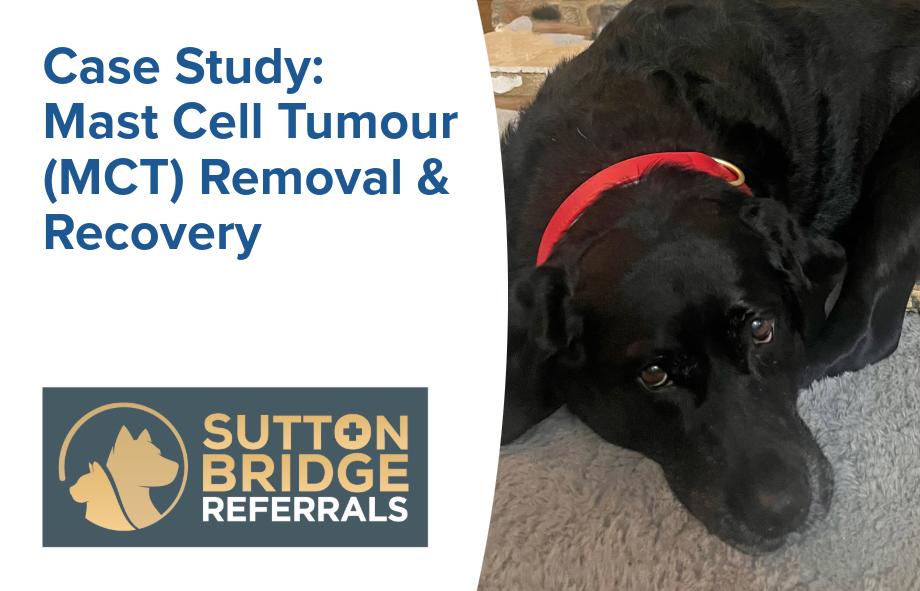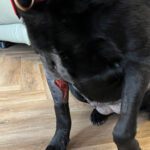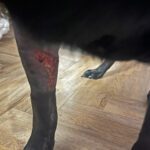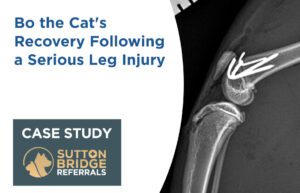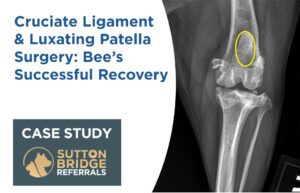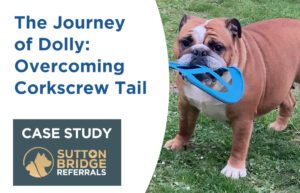What is a Mast Cell Tumour (MCT) in Dogs?
MCT stands for Mast Cell Tumour, a type of malignant (cancerous) tumour consisting of mast cells. Mast cell tumours typically form lumps on a dog’s skin, but they can also affect other areas of the body, including the spleen, liver, intestine, and bone marrow.
MCTs are the most common type of skin tumour in dogs, accounting for 7%–21% of cases. One of the main concerns with dog mast cell tumours is their ability to “degranulate,” releasing chemicals into the bloodstream, which can cause inflammation, ulcers, and even life-threatening allergic reactions (anaphylaxis).
Although uncommon, canine mast cell tumours can spread to internal organs, causing enlarged lymph nodes, spleen, and liver, and in some cases, peritoneal effusion (fluid buildup in the abdomen), making the belly appear swollen.
Belle’s Case: A Complicated Dog Lump Removal
A Delayed MCT Diagnosis
Belle was first diagnosed with mast cell tumours (MCT) in dogs in April, but by December, treatment had not yet been pursued. The tumour had originally been diagnosed through a fine needle aspirate (FNA) and confirmed with a surgical biopsy, identifying it as an MCT grade 2/high grade, which has a higher risk of spreading to nearby lymph nodes.
By December, the dog lump had significantly grown to the size of a small apple and was located inside her elbow, a particularly difficult area for surgery. Belle’s previous vet advised her owner that removal would not be possible unless performed by a specialist surgeon.
Our team at Sutton Bridge Vets scheduled an urgent appointment to evaluate the tumour and discuss mast cell tumour removal options.
Surgical Removal of Belle’s Mast Cell Tumour
Given Belle’s condition, our team recommended surgery to remove the tumour and improve her quality of life. The procedure involved:
Comprehensive blood tests and ultrasound scans to check her liver and spleen for signs of cancer spread (thankfully, both were normal).
A complex dog lump removal surgery, ensuring we excised as much affected tissue as possible to reduce the risk of recurrence.
Partial muscle excision under the tumour to ensure full removal and minimise regrowth risks.
A release incision technique to relieve tension on the wound and aid healing, particularly important due to the tumour’s location in her elbow region.
Post-Surgery Recovery & Healing
Four days after surgery (21st December), Belle’s recovery after mast cell tumour removal was progressing well. Below, you can see her post-surgery wound healing process:
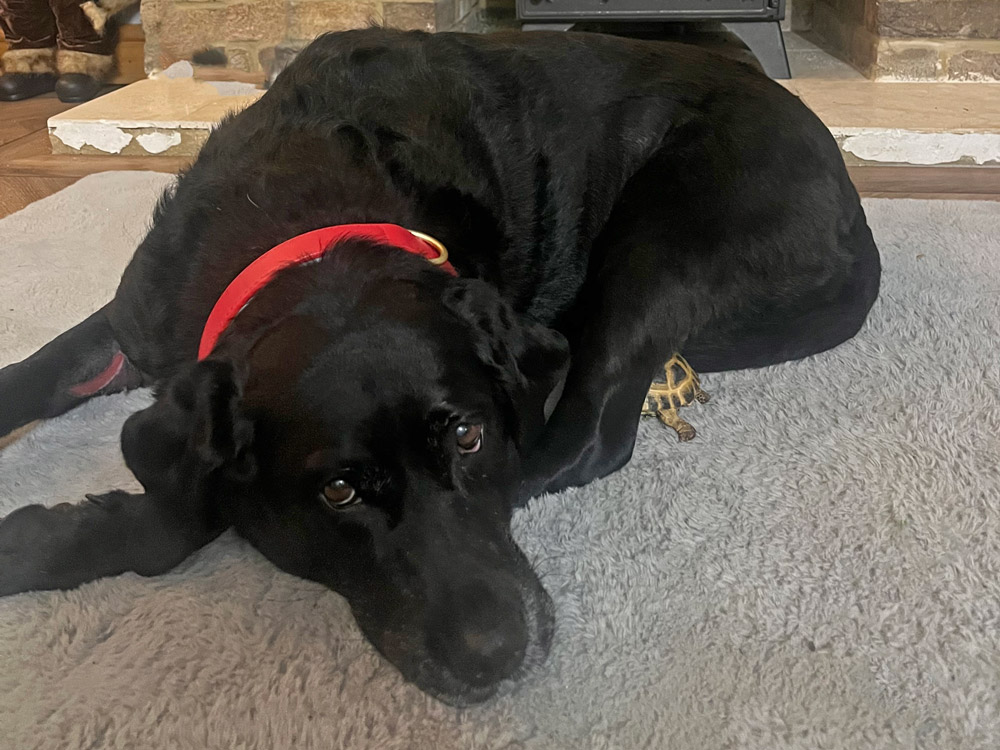
Despite the complexity of the procedure, Belle adapted remarkably well. Over the Christmas period, she remained comfortable and active, enjoying her time at home with her family.
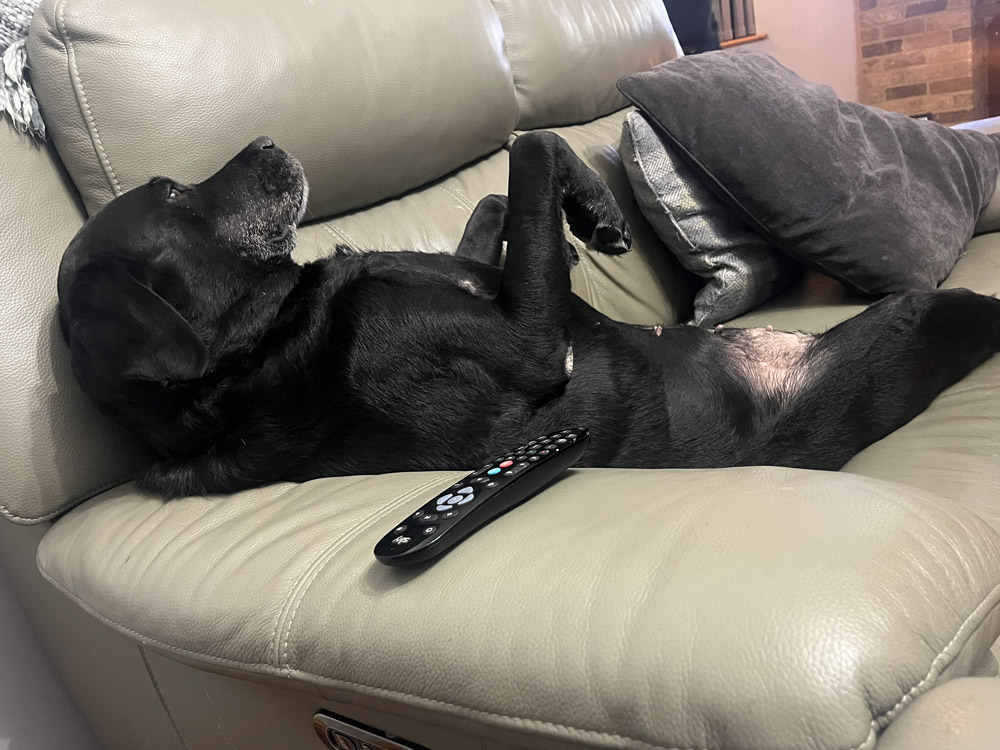
Dog Lump Removal: Why Early Detection Matters
If you notice an unusual lump on your dog, it is essential to have it checked by a veterinary professional as soon as possible. Mast cell tumours in dogs can be aggressive, and prompt dog lump removal surgery can improve the prognosis and prevent complications.
At Sutton Bridge Vets, our experienced team provides expert mast cell tumour removal and a full range of soft tissue surgeries. We work closely with referring vets, ensuring continuous communication to achieve the best possible outcome for your patients.
